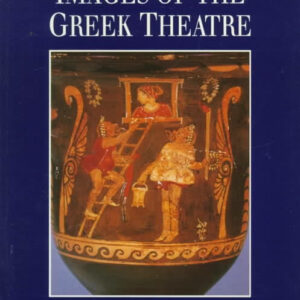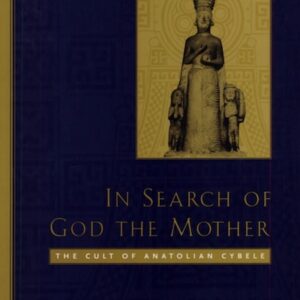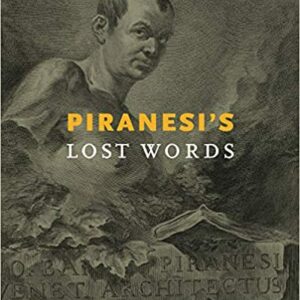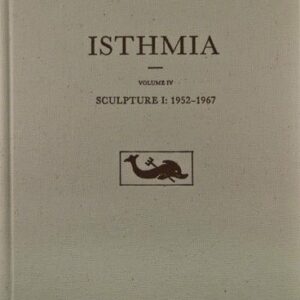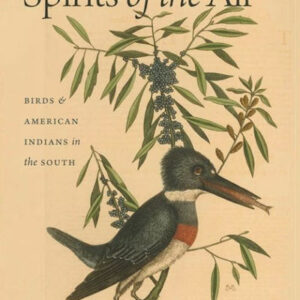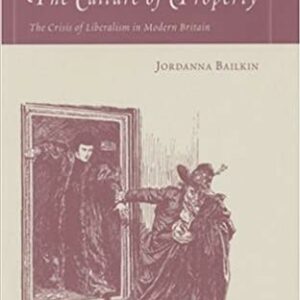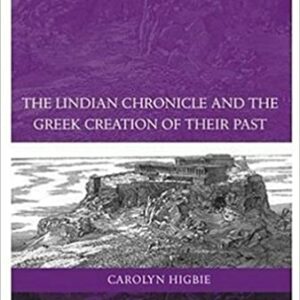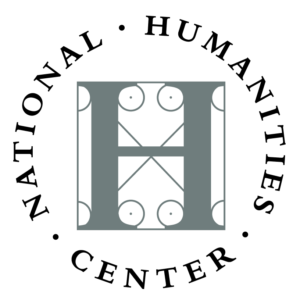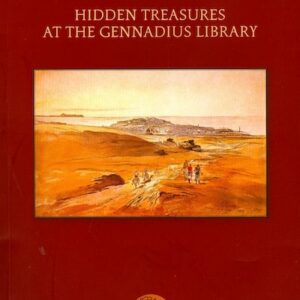
Hidden Treasures at the Gennadius Library
Edited by Maria Georgopoulou (NHC Fellow, 2010–11) and Irini Solomonidi The New Griffon volume 12 seeks to highlight several discoveries in a variety of areas and time periods: Father Konstantinos Terzopoulos explores 16 manuscripts of Byzantine chant; Leonora Navari presents the published works of Cardinal Bessarion, one of the heroes of Joannes Gennadius because of his … Continued
